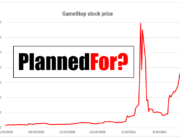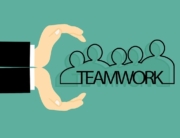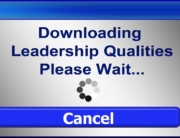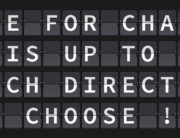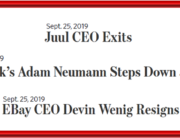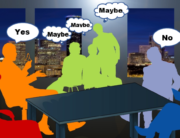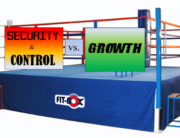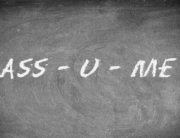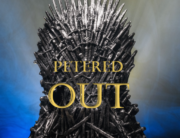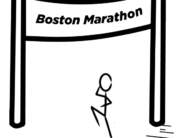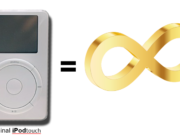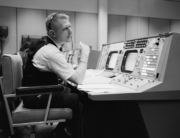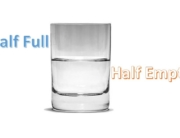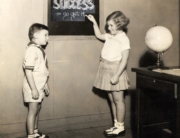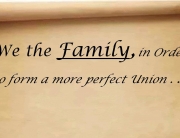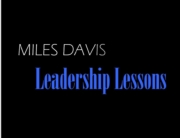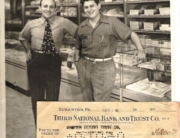My 20-year old son, Jeremy, and I often discuss various business-related topics. Recently that topic was the “sunk cost fallacy”* which I explained is the mistake of using money and time already sunk into a project as the deciding factor to continue the project. A junior studying computer science, Jeremy immediately compared this to “coding” (aka writing computer code). This relationship between sunk costs and coding is this week’s Lesson Found.
Here is Jeremy’s explanation: “With coding you can hit a brick wall. And, a lot of computer scientist will continue working. The best thing is to walk away from it for 12 hours so you’re not constantly focusing on the problems. When you come back to it, you’re going to look at it in a completely different way; a completely different mindset.” As an example, Jeremy related working “on a project for 8 hours straight, barely taking any breaks. Eight hours of straight coding. And I did less in those 8 hours than when I only have an hour to code. At times like this, the more that you think you’re correct, the more you’re going to be bogged down.”
Jeremy is right: The coder’s “brick wall” is one manifestation of the “sunk cost fallacy”. This often takes the form of decision fatigue. Every day business owners are deluged with questions to answer and problems to solve. Decision fatigue results in poor choices or even the inability to make any decision. I’ve previously suggested some systematic remedies to avoid decision fatigue. But Jeremy’s idea is the first line of defense: “Walk away from it for 12 hours.” If 12 hours seems too long, a short walk around the block can do wonders to clear the mind and regain perspective.
Large investments in equipment, property or even an acquisition/merger are the classic examples used to explain the sunk cost fallacy. Extensive time and energy go into making these decisions. The fallacy kicks in when a previously unknown factor comes to light at the last minute. The gut reaction often is to dismiss this new information as inconsequential. In reality, this is emotion overtaking logic. Again, Jeremy’s advice to walk away from it overnight will help put the decision back into perspective and avoid falling victim to the sunk cost fallacy.
What are you doing to avoid “hitting the wall” in your business?
Life brings us lessons every day. Sometimes from expected sources. And sometimes from sources and situations we never would have thought possible. Either way, they are a gift found. I am fortunate to find these types of lessons regularly and wanted to share them with you with this weekly series of “Lessons Found”.
Did you recently receive the gift of a Lesson Found that has helped you with management, marketing or another aspect in business? I would love to hear about it. Comment below or send me an email to let me know.
ACKNOWLEDGEMENTS:
* The inspiration for this conversation about the sunk cost fallacy was a New York Times’ article: Why Giving Up Is Sometimes the Best Way to Solve a Problem.
Image by Jonny Lindner from Pixabay.









